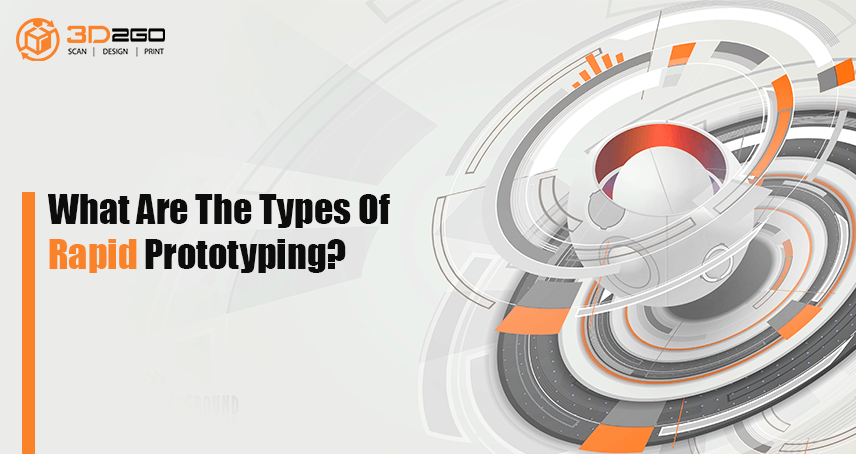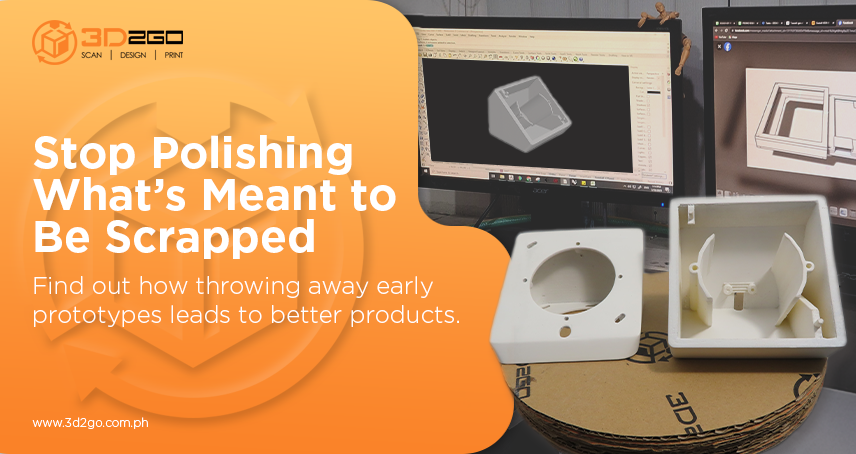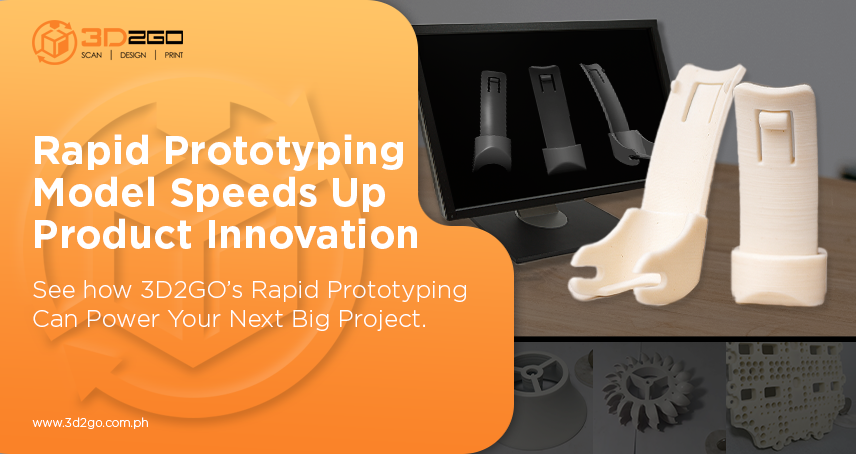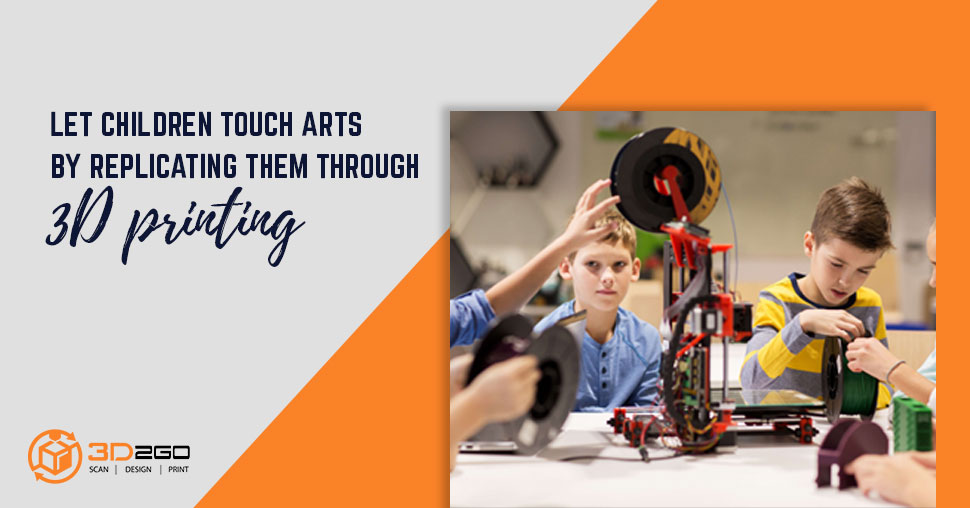
Replication Of Arts Through 3D Printing
July 5, 2022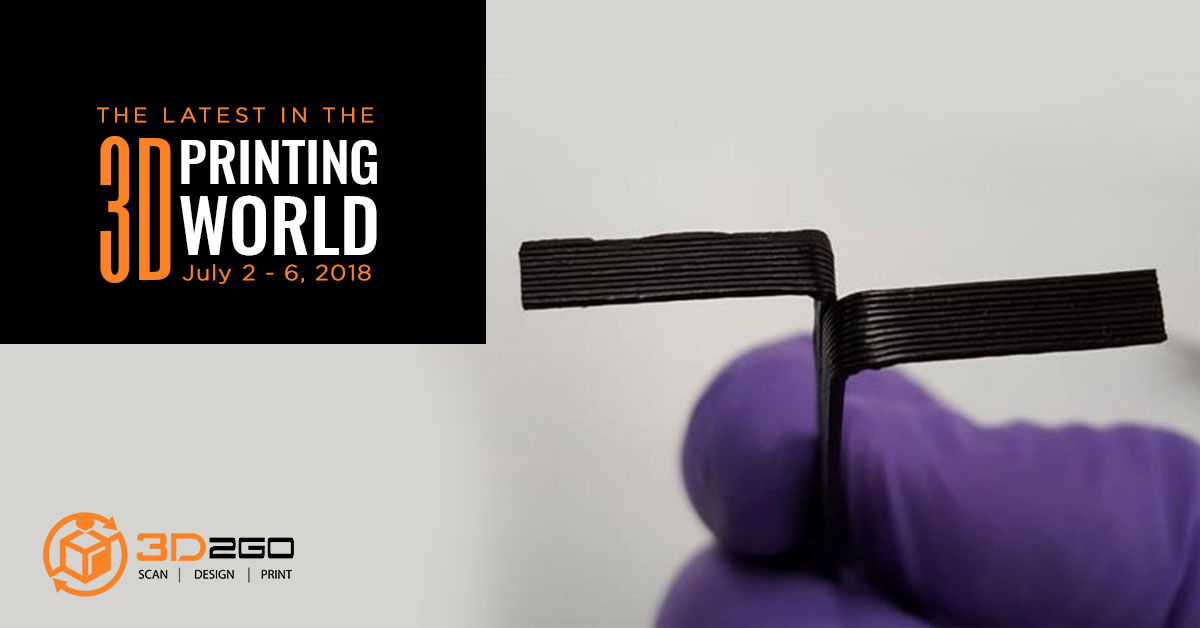
Industry News: 3D Printed Vegetables, Dental 3D Printing, 3D Printed Replicas, And Many More
July 6, 2022Types of rapid prototyping services
As its name implies, rapid prototyping allows designers to quickly work on a prototype. Traditional prototyping may take a lot of time and materials. Meanwhile, rapid prototyping typically involves methods that are much quicker and cost-effective.
Stereolithography (SLA) or Vat Photopolymerization
Used for creating:
- Models
- Prototypes
- Patterns
- Production parts
These are being printed in a layer-by-layer fashion using photochemical processes. The light causes chemical monomers and oligomers to cross-link together to form polymers. Those polymers then make up the body of a three-dimensional solid. Focuses on ultraviolet (UV) laser onto a vat of photopolymer resin. With the help of CAM or CAD software, the UV laser is being used. A pre-programmed design or shape is then drawn on the surface of a photopolymer vat.
Fused Deposition Modelling (FDM) or Material Jetting
Extrusion of thermoplastic material is easily the most common process. The process works by melting plastic filament. It is being deposited via a heated extruder. One layer at a time is being printed onto a platform according to the 3D data supplied to the printer. Each layer then hardens. Lastly, it bonds to the previous layer. This process requires support structures for any applications. Breakaway support materials are also possible. These are then removed by manually snapping them off the part. The process can be slow for some geometries. Layer-to-layer adhesion can also be a problem. But post-processing using Acetone can resolve these issues.
Digital Light Processing (DLP)
Similar process to SLA. It also works with photopolymers. One advantage of DLP over SLA is that only a shallow vat of resin is being required for the process. Meanwhile, the difference is the light source. DLP uses a more conventional light source. Examples are:
Arc lamp with a liquid crystal display panel
Deformable mirror device (DMD)
It is then applied to the entire surface of the vat of photopolymer resin in a single pass.
What does rapid prototyping companies use for printing?
3D2GO is the only one-stop-shop for everything 3D printing. Our services are available for small, medium, and large-scale businesses. No matter what the unique request is, we can take on the challenge.
Whether you’re a professional or a beginner, our printers are sure to meet your 3D expectations.
Flashforge Creator Pro II
- Has two extruders that support dual-color printing.
- Its enclosed chassis helps protect your printing against cold and heat from the external environment.
Snapmaker Original
- Suggested for newbies who want all functions. 3D printer, laser engraving, and CNC cutting.
- A 3-in-1 3D Printer that includes laser engraving and CNC cutting.
3D2GO does all types of rapid prototyping
First off, let’s start off by differentiating a mode from a prototype.
A model tends to lend itself to the aesthetics side of things, used to demonstrate look and feel. A Prototype is more geared towards testing to see if the final piece will work as intended. Whether that is its physical size, geometry or function.
Traditional prototyping may take a lot of time and materials. Meanwhile, rapid prototyping typically involves methods that are much quicker and cost-effective.
One of the most popular forms of rapid prototyping is through 3D printing.
The terms rapid prototyping and 3D printing are used interchangeably. This should not cause confusion, though. Rapid prototyping is a technique. On the other hand, 3D printing is one of the technologies that can be used for this technique.
3D2GO is not only for personalized entertainment purposes of 3D printing. We have also partnered with professionals and offered our end-to-end 3D printing service.
Get in touch with us by sending us files in .obj or .stil format in our email address management@my3d.com.ph. You can also reach us through our Facebook and Instagram pages today!


